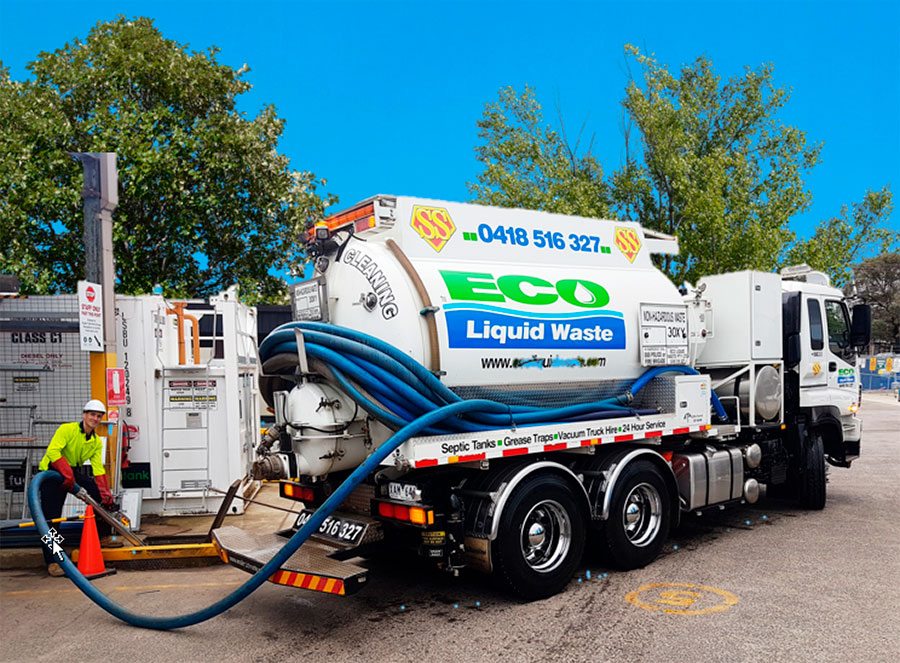The Only Guide to Reclaim Waste
The Only Guide to Reclaim Waste
Blog Article
The Of Reclaim Waste
Table of ContentsThe Greatest Guide To Reclaim WasteAbout Reclaim WasteThe smart Trick of Reclaim Waste That Nobody is DiscussingSome Of Reclaim WasteReclaim Waste for Beginners
Discover the types, incidents, and types of liquid waste. Residential sewer waste refers to the waste and items from a property septic system. This kind of waste is developed by human beings in homes, schools, and various other structures. This only consists of sewage-disposal tanks that have a drainpipe area. The correct administration and disposal of residential sewage waste need fluid waste to be transferred to a sewer therapy plant where the correct approaches and tools are put on purify and deal with waste.
Industrial waste often includes possible threats, such as combustible materials or a combination of liquid and strong waste items, and needs a much more sophisticated and in-depth disposal process. The disposal of commercial waste usually entails the filtration of waste prior to transport to guarantee secure and appropriate disposal. Hazardous waste is produced from byproducts and drainage of commercial processes and production.
This kind of waste can not use the very same sewage monitoring transport or procedures as septic or business fluids. The hazardous waste management process requires the examination and screening of liquid waste before it undertakes the disposal procedure (liquid waste disposal). Drainage waste is the liquid waste that originates from runoff and excess stormwater in extremely booming locations or cities
Overflow waste can trigger contamination and flooding if not handled correctly. Guaranteeing correct waste monitoring can avoid catastrophes and reduce ecological harm.
The Ultimate Guide To Reclaim Waste
Call PROS Solutions today to learn more about our waste administration and disposal services and the appropriate methods to care for the liquid waste you produce.
(https://www.anyflip.com/homepage/imqzz#About)This so-called 'wastewater' is not only an essential resource however, after treatment, will certainly be released to our land, rivers or the ocean. Used water from commodes, showers, bathrooms, cooking area sinks, washings and commercial procedures is recognized as wastewater.

water made use of to cool equipment or clean plant and tools). Stormwater, a type of wastewater, is overflow that flows from agricultural and metropolitan locations such as roofing systems, parks, yards, roads, courses and rain gutters into stormwater drains, after rain. Stormwater flows neglected directly to neighborhood creeks or rivers, ultimately getting to the sea.
Excitement About Reclaim Waste
In Queensland, most wastewater is treated at sewage therapy plants. Wastewater is moved from residential or commercial sites with a system of sewers and pump stations, referred to as sewerage reticulation, to a sewer treatment plant. Neighborhood federal governments construct, keep and run most sewage therapy plants. Operators are accredited under the Environmental Management Act 1994 to discharge cured wastewater at an appropriate environmental criterion into waterways.
The Department of Natural Resources recommends city governments regarding managing, operating and keeping sewage systems and treatment plants. In unsewered areas, city governments may call for householders to install individual or home sewage treatment systems to treat residential wastewater from bathrooms, kitchen areas, bathrooms and washings. The Department of Natural Resources authorizes the usage of family systems when they are shown to be efficient.
Most stormwater receives no treatment. In some new subdivisions, therapy of some stormwater to eliminate litter, sand and gravel has started utilizing gross pollutant catches. Wastewater treatment takes place in 4 phases: Eliminates solid issue. Larger solids, such as plastics and various other items wrongly released to sewers, are removed when wastewater is travelled through screens.
Uses small living organisms recognizes as micro-organisms to damage down and remove continuing to be dissolved wastes and fine bits. Micro-organisms and wastes are integrated in the sludge.
Reclaim Waste Things To Know Before You Get This
Nutrient elimination is not readily available at all sewer therapy plants since it needs costly specialized devices. Clear fluid effluent produced after therapy might still have disease-causing micro-organisms - liquid waste removal.

Many wastewater flows right into the sewerage system. Under the Act, neighborhood governments administer authorizations and licences for eco appropriate activities (Periods) entailing wastewater releases that may have a local influence.
The Only Guide to Reclaim Waste
Tracking offers valid info concerning water quality and can validate that licence problems are being satisfied. The information obtained through monitoring offers the basis for making water high quality choices.
Report this page